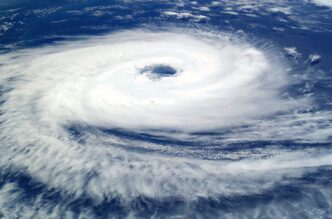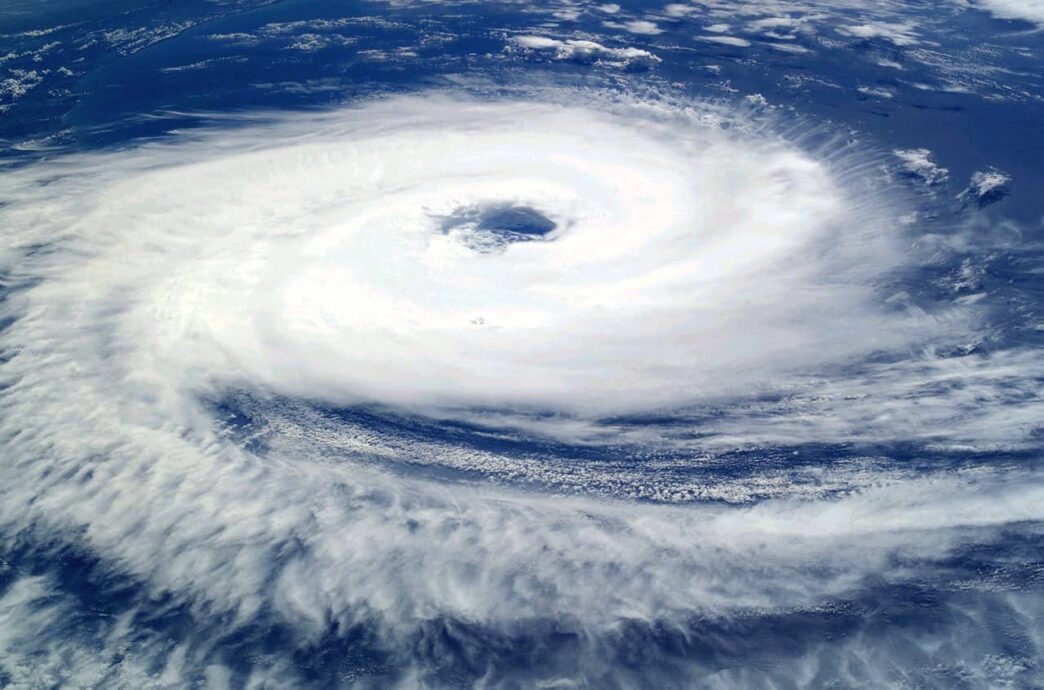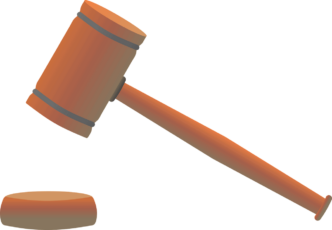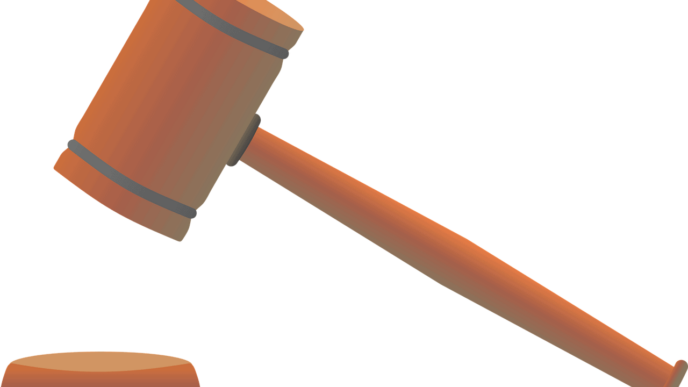There are many ways to measure the magnitude of a hurricane: death toll, estimated losses, and sustained wind speed. However, it can be difficult to determine which hurricane is the worst of all. We have compiled a list (in chronological order) of the top 10 worst hurricanes in the US.
Hurricane Ian may become part of the top 10 worst hurricanes in the US
Hurricane Ian landed on Florida’s western coast on Wednesday as a Category 4 storm, making it one of the deadliest storms to strike the US. Residents in Cuba are under evacuation as officials are working to restore the power of the island, reported NY Times. Two people were killed and millions were left without homes.
Hurricane Ida, 2021
Hurricane Ida ranks among the top 10 worst hurricanes in U.S. history for the catastrophic damage of $62 billion. The category 4 hurricane generated a storm surge up to 14 feet above ground level in southeastern Louisiana and then grew into a potent rainstorm toward the Mid-Atlantic. More than 85 deaths were reported and $36 billion in insured losses according to the Insurance Information Institute.
Hurricane Maria, 2017
Hurricane Maria was the most destructive storm to ever strike U.S. territory. It made landfall near Yabucoa, Puerto Rico, as a Category 4 storm in September 2017. Winds of 155 miles per hour were recorded and the hurricane caused a huge power outage, leaving millions without electricity. More than 2,975 people lost their lives in the storm and an estimated $90 billion in damages.
Hurricane Harvey, 2017
Hurricane Harvey was as a Category 4 storm that landed on San José Island, Texas, in August 2017. It is linked with Hurricane Katrina as the most destructive, with an estimated $125 billion in damage. Houston received more than 30 inches of rainfall within three days. The storm took away 107 people’s lives. The World Weather Attribution claimed that Americans saw the impact of human-induced climate change on extreme weather events after Harvey.
Superstorm Sandy, 2012
Hurricane Sandy merged with a winter storm in October 2012 and resulted in the largest diameter Atlantic hurricane. The storm affected 24 states, including the entire Eastern Seaboard from Florida to Maine, and across Michigan and Wisconsin. At least 233 people in eight countries lost their lives with an estimated $65 billion to $70 billion in damage. The storm destroyed streets, tunnels, and subway lines of New Jersey and New York.
Katrina, 2005
The storm killed over 1,800 people in New Orleans, Louisiana. It is considered to be among the top 10 worst hurricanes in the US. Hurricane Katrina landed as a Category 5 storm in 2005. It traveled across Florida, slowed and weakened. However, the warm air of the Gulf, made it come back with more power. Strong winds hit New Orleans and 16 feet of storm beat against the city’s levees before moving forward to cause more chaos among the other Gulf Coast cities in Mississippi and Alabama.
Hurricane Andrew, 1992
Category 5 Hurricane Andrew, made landfall in South Florida before hitting Louisiana in 1992. It was the costliest and most damaging hurricane in US history in 1992. It was the deadliest hurricane in Florida’s history with the second-highest recorded wind speed, estimated at 167 miles per hour. The storm was blamed for more than 60 deaths and over $27 billion in damage. Over 63,500 houses were destroyed and more than 124,000 were damaged.
Hurricane Camille, 1969
The hurricane made landfall on Mississippi Gulf Coast in 1969. The storm surge from Camille was 24 feet, the highest record until Hurricane Katrina. At least 259 people lost their lives, 8,931 people were injured, 5,662 homes were destroyed, and 13,915 homes sustained major damage over the Gulf Coast region. The hurricane caused an estimated $1.42 billion in damages.
Hurricane Okeechobee, 1928
The hurricane landed in Puerto Rico as a Category 5 with 160 miles per hour winds. It destroyed over 24000 homes and damaged 192,444 leaving more than 500,000 people homeless. At least 4,112 people lost their lives. The storm reached Florida, as a Category 4 with winds of 145 miles. The storm caused $1.3 billion in damages,
Great Miami, 1926
The “Great Miami” hurricane was a Category 4 storm that hit Miami in 1926. It caused expansive devastation across Florida, Alabama, Louisiana, and Mississippi. At least 372 people lost their lives in the storm, which produced a storm surge of 10 feet on Miami Beach. Severe flooding continued for weeks that resulted in an estimated $105 million damage.
Galveston Hurricane, 1900
The 1900 Galveston Hurricane was a Category 4 storm that ruined the city of Galveston, Texas. It hit the city with winds of up to 143 miles per hour and a storm surge of 8 to 15 feet. Over 8,000 to 12,000 people lost their lives. The storm destroyed more than 3,600 homes and left 10,000 people homeless. The hurricane estimated $30 million in damages.
Climate change and hurricanes
Climate change is resulting in windier and more intense hurricanes. In the past 40 years, the ocean has absorbed over 90% of the heat caused by greenhouse gas emissions. Most of the ocean heat is contained near the water’s surface. The extra heat can make storms more powerful with stronger winds, explained Reuters.















